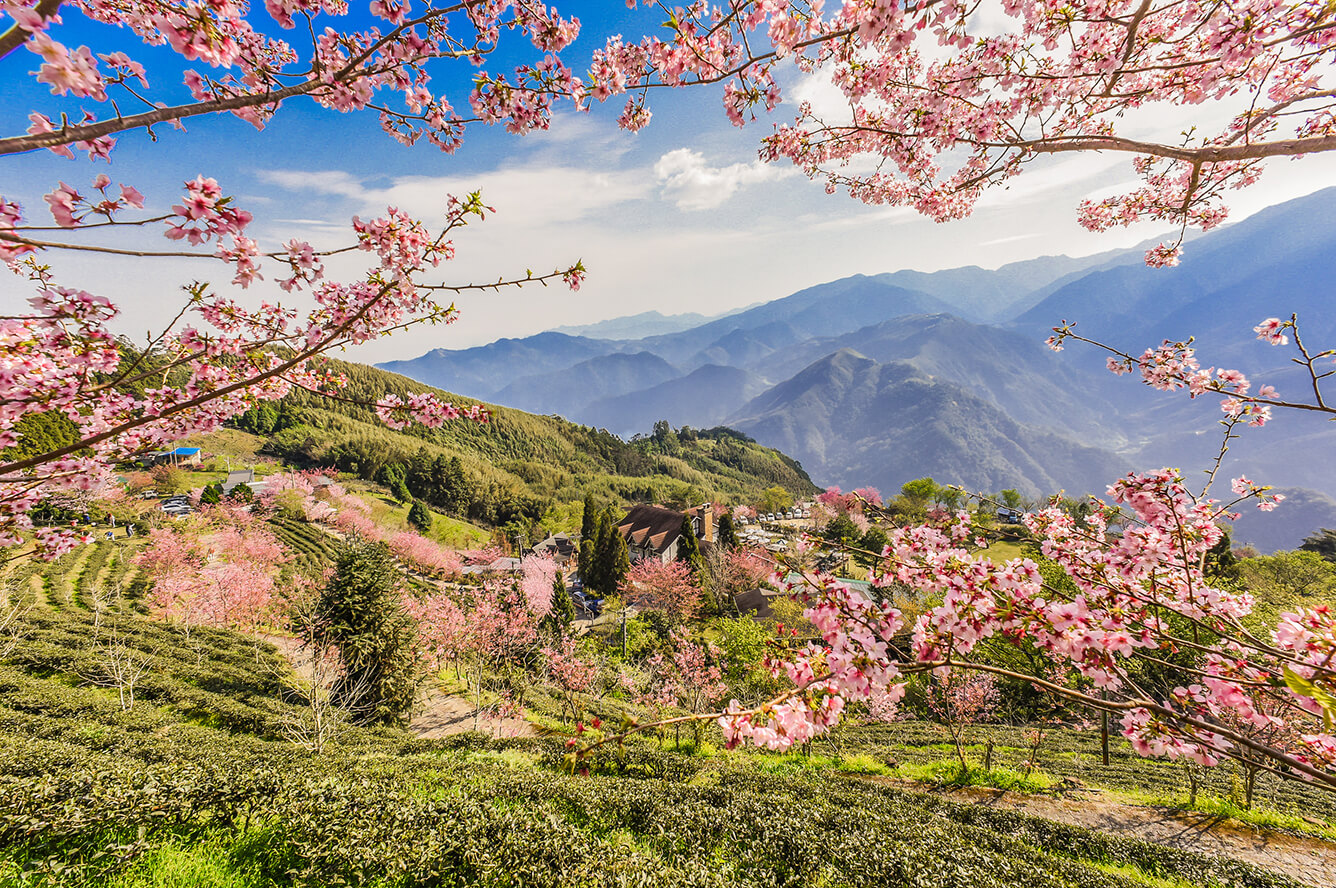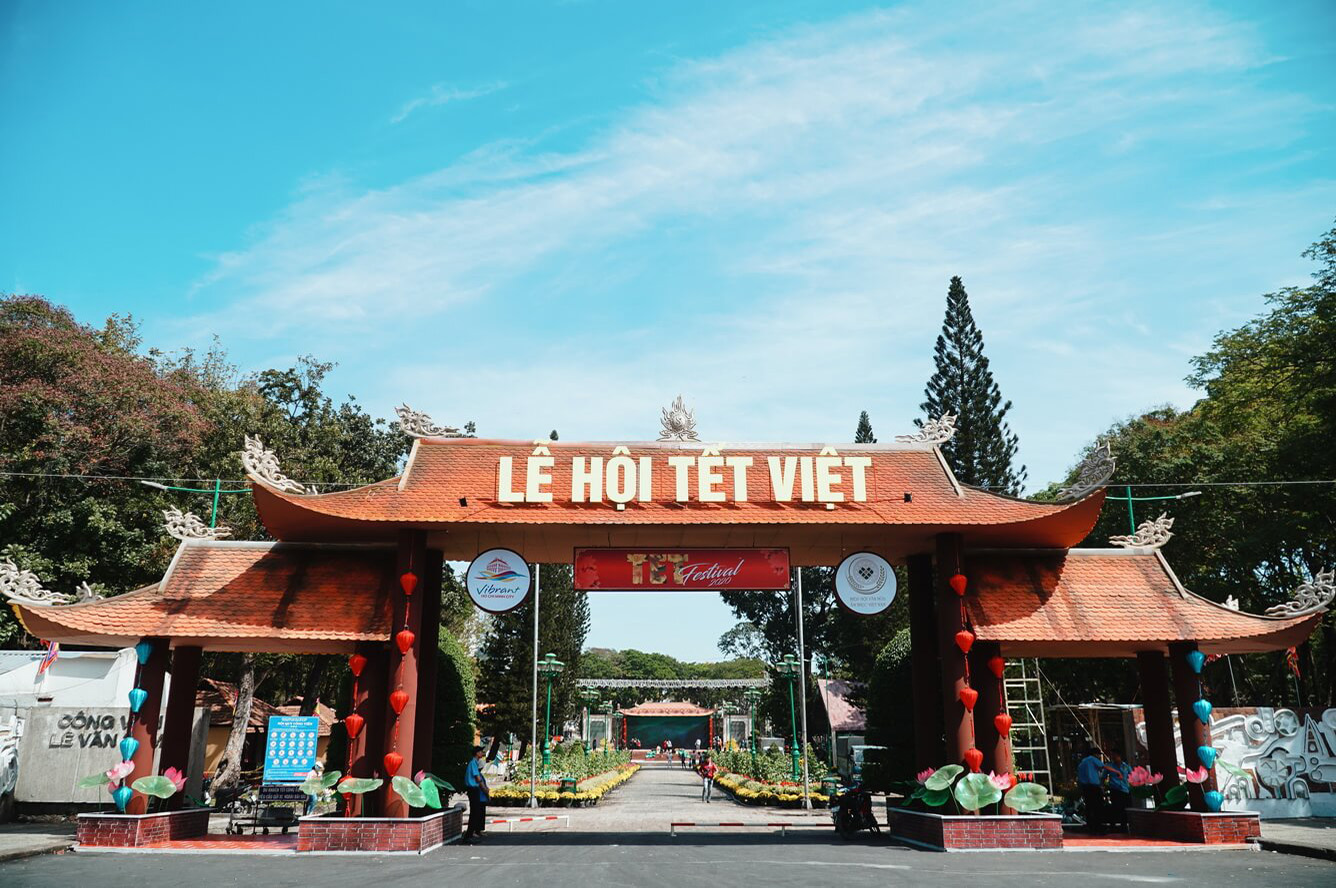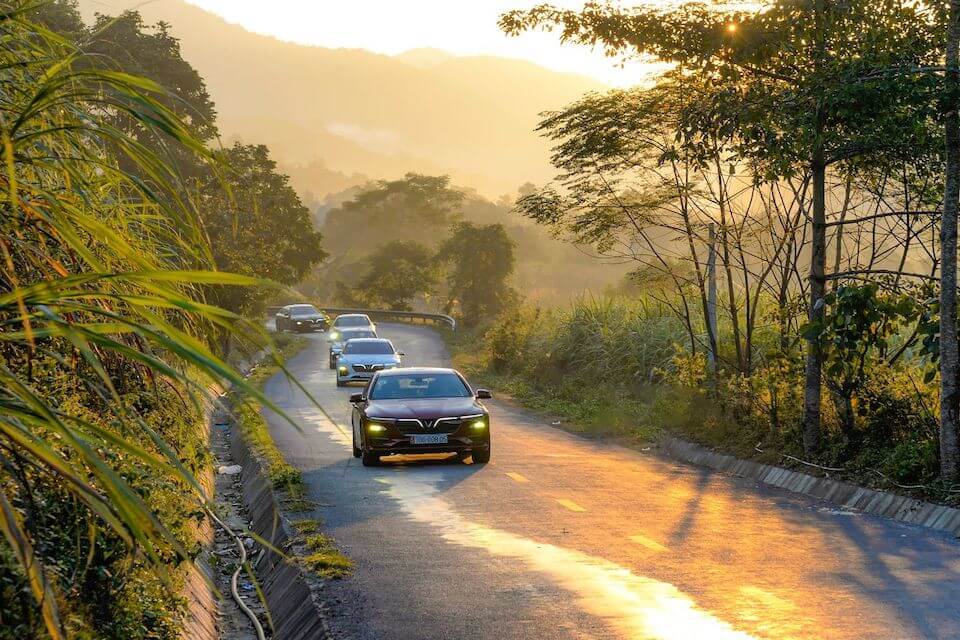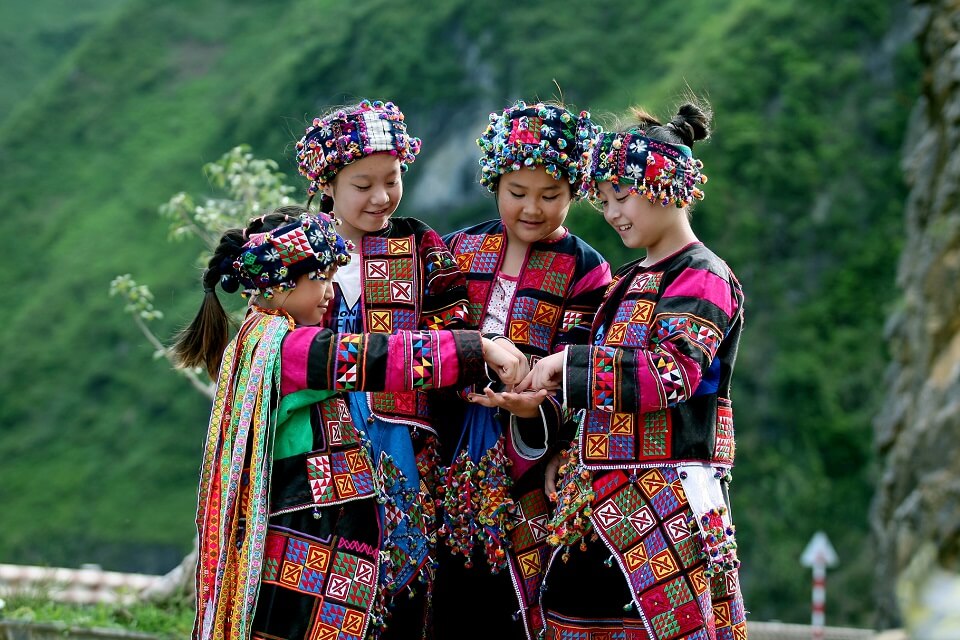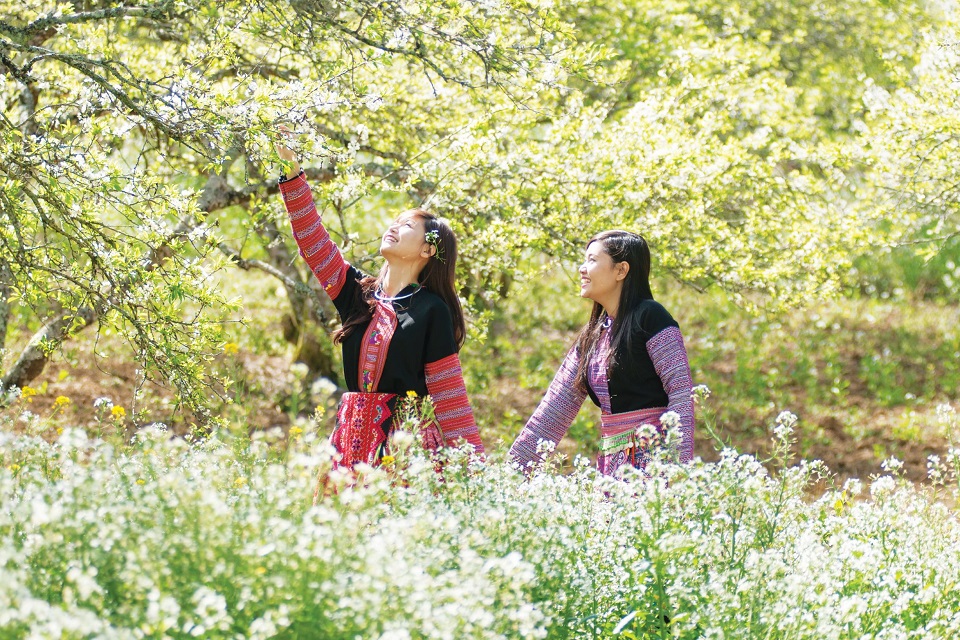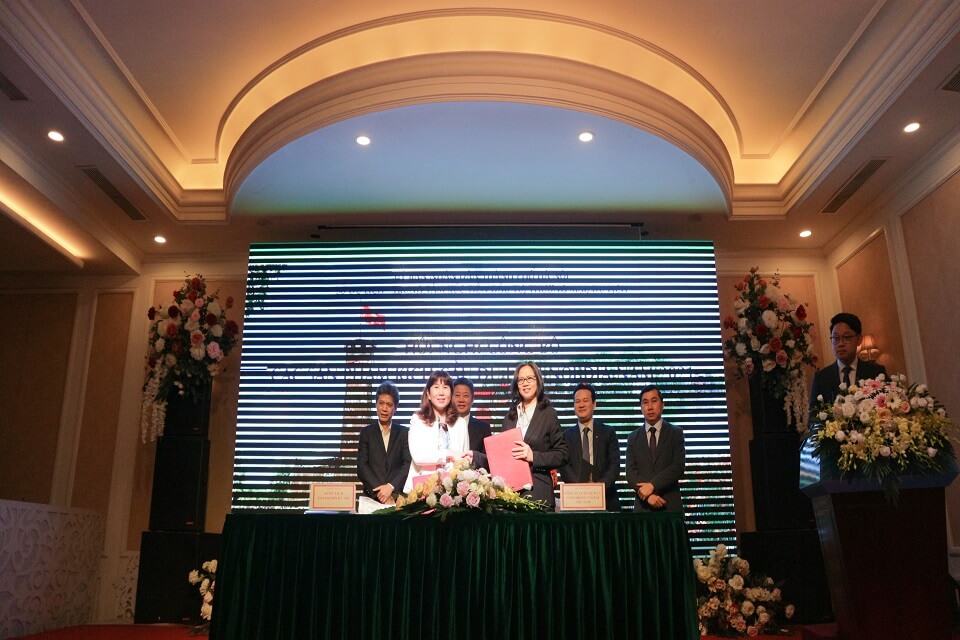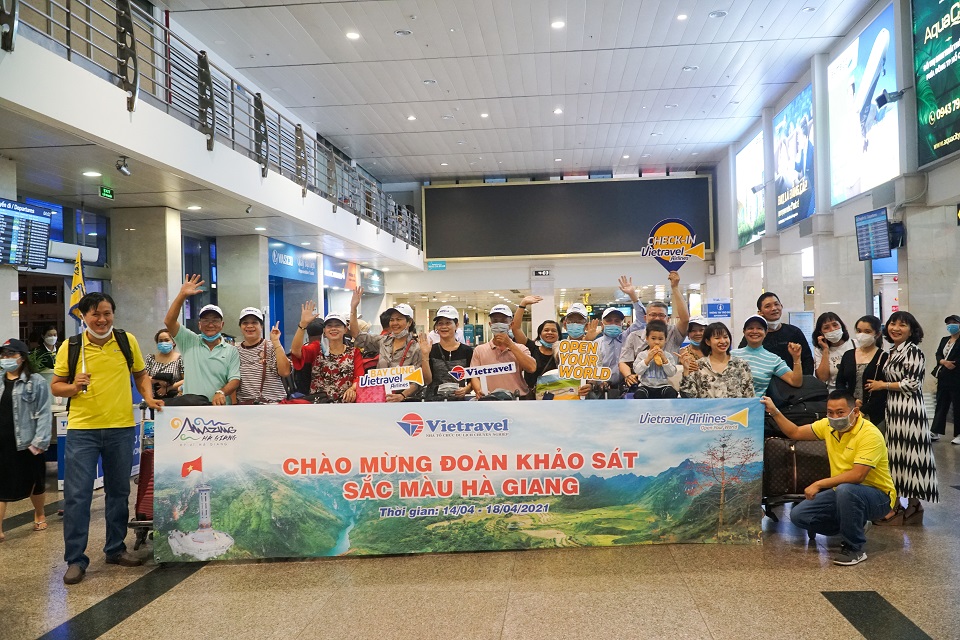11 things you never knew about Thimphu, Bhutan's capital city
Bhutan's capital city, Thimphu (pronounced "tim-poo"), is a must-visit destination for most travellers coming to the country for the first time.
For those who are curious about what this small Himalayan capital could possibly be like, here are some interesting facts about the city you never knew.
1. IT IS THE 5TH HIGHEST CAPITAL CITY BY ELEVATION
2. IT IS THE LARGEST CITY IN BHUTAN
What this means is that it's actually smaller than Singapore, which has a land area of 721.5 sq km. But consider this: it has a much lower population density at 4,000/sq km, compared to Singapore's density at 7,796/km sq!
Which brings us to our next point: Population.
3. THERE ARE AROUND 100,000 RESIDENTS IN THIMPHU
The total population in the entire Bhutan now stands at 817,054, according to Worldometers. This means only an eighth of the entire Bhutanese population reside in the capital.
4. IT IS THE POLITICAL AND ECONOMIC CENTRE OF BHUTAN
If you thought they had a Buckingham Palace equivalent here, you might be disappointed as the royal palace is rather small and barely visible (there's also no flag to indicate the presence of the royal family - I asked that question too).
But what's extremely breathtaking is the Thimphu fortress (Tashichho Dzong), a mighty and grand building that is the seat of the government. It also houses the throne room and offices of the king, the secretariat and the ministries of Home Affairs and Finance.
Constructed in the 13th century, this foreboding building is huge and can be seen from afar.
5. NO TRAFFIC LIGHTS, NO PROBLEM
While most of us are familiar with traffic policemen at junctions in times when the lights aren't working or when there's an accident, over here in Thimphu, the human traffic light is the main landmark and tourist attraction of the town.
The hand gestures of these traffic controllers seem to come across as a little bit exaggerated and looks like he's dancing. There was a moment when I did wonder whether drivers really followed his directions and after some observation, they actually do!
This "human traffic light" is also the converging point for meet-ups and drop-off points for taxis. It's also known by many other terms such as "main traffic" and "first traffic", which left me a little bewildered once when a friend said to meet at "main traffic". To me, main traffic meant the main road outside my building or where I lived… so after a good laugh, I now know better and call it main traffic too. And still face miscommunication at times.
6. THIMPHU IS HOME TO ONE OF THE LARGEST BUDDHA STATUES IN THE WORLD
When you look at the statue, which is made of bronze and gilded in gold, you're not just looking at one Buddha. In fact, you're looking at 125,000 more that are placed within the Buddha Dordenma statue.
One interesting fact about the statue is that it fulfills two prophecies: In the 20th century, renowned yogi Sonam Zangpo prophesied that a large statue would be built in the region to "bestow blessings, peace and happiness on the whole world". The statue was also mentioned by Guru Padmasambhava around the 7-8th century in hidden Vajrayana teachings that were uncovered 800 years ago.
7. IT IS ALSO HOME TO ONE OF THE WORLD'S LARGEST PUBLISHED BOOKS
Hawley produced the limited edition book, which documents his two years here, to raise money for 350 schools in Bhutan.
8. THERE ARE 3 CINEMAS, BUT NO FOREIGN FILMS ARE SCREENED HERE
So how do people here catch up on the latest blockbuster? Well, I've been told there are shops in town where you take your USB thumb drive to and for a certain amount, you get the the latest movies downloaded onto it (it's illegal of course, but what to do?).
Having said that, there are plenty of cable TV channels available here, such as Zee, HBO, etc. And they're pretty up-to-date with the latest releases that you might not have watched. It also shows decent Asian works too from Bollywood, China, Hong Kong, Thailand, and so on. I get to watch HBO, tennis and probably World Cup for free, so I have no complaints.
9. YES, YOU CAN CAFE HOP HERE
I'm starting to compile a listicle on cafes here and will release it soon when I've had the time to visit a couple more. However, one cafe here is arguably the MOST popular: Ambient Cafe.
Listed on TripAdvisor as the #1 cafe in Thimphu, Ambient Cafe sees crowds of expats, tourists and locals alike, flocking to the cafe for its coffee, pizza, pasta and cakes.
There's a bookshelf for those who prefer to huddle up on a sofa and read their afternoon away, but for those who prefer to people-watch, you can also do so by the window. It helps that its located right at "main traffic" too so it's convenient to pop in for a caffeine fix before continuing your shopping or sightseeing.
10. THERE'S A BUZZING NIGHTLIFE HERE
Most eateries and restaurants here serve (cheap) beer, whisky and so on, but if you're thinking of a night-out, there are plenty of cool joints to head to, such as bars, pubs, clubs, karaoke joints, and drayangs.
Arguably the most popular bar in Thimphu is Mojo Park, which offers a wide variety of local and imported alcohol. The local bands that play here are pretty good and you'll not be disappointed with the music here. This is where most expats hang out at too. Mojo Park is like an institution - if there's a Singapore equivalent, it'll be Wala Wala at Holland Village.
Besides bars and pubs, there are a handful of clubs here too that sees plenty of revellers heading down on Wednesday, Friday and Saturday nights. Two of the most popular ones are Space 34 and Viva City, with the former being around for over 10 years. Clubs here close early though - around 1am on weekends. If you're wondering what music they play, it's a mix of top 40s, hip-hop, R&B, K-pop, and Bhutanese and Bollywood music. They also invite the occasional guest DJs from countries like Thailand.
That's not all. Besides the usual suspects of clubs and bars, unknown to many tourists here are what are known as drayangs, or colloquially called "entertainment rooms". They can't be seen from the main roads as there are no shop fronts or signboards, almost like a speakeasy bar. But one can spot - or rather, hear - a drayang simply by following the music, which tend to emanate from upstairs of a building or its basement.
Drayangs are what I call the "watered down version of Singapore's Thai discos" and what some have dubbed as the "dark secret of Bhutan". Inside a drayang, there's a stage with seats and tables below where customers watch girls dance. Bear in mind though, it's not as raunchy as Thai clubs over in Singapore and Thailand - the women here are still dressed in the traditional costumes, barely showing any flesh.
But the modus operandi is similar: Girls still approach customers to dedicate songs for them to dance. Customers pay a minimal amount and this money goes to the girl.
According to this blog, most girls who work at drayangs are from the rural areas. There has been a debate among the political circuit here about the existence of such establishments, which some people reckon are akin to prostitution or might encourage it.
If you're interested in finding out more, click on the blog link provided above. This person has managed to document and did some research on the drayang scene in Bhutan.
11. THERE ARE MORE STRAY DOGS THAN CARS
In fact, the strays here are healthy, well-fed and I've even labelled them as the "happiest street dogs in the world" and #sleepingdogsofbhutan - because they sleep EVERYWHERE and ANYWHERE. I truly think there's no other country in the world where a street dog can sleep in peace in the middle of a walkway or a road and not be chased away, or worse, cruelly tortured and beaten up.
Some locals call the street dogs "solar dogs" because they're mostly fast asleep in the daytime - charging up from the sunlight - and become super active at night. That's when things get noisy here in Thimphu, and probably other parts of Bhutan. The street dogs converge in groups and I've even seen the occasional street dog "gang fight". It might sound like it's not safe to be walking around at night because of the dogs, but they're mostly a little timid around humans so it's perfectly okay to roam around at night. The dogs are usually in their own world and aren't really fussed about lesser beings like us.
So when you do come here, just embrace the fact that the dogs are part of the eco-system of Thimphu and there's nothing anyone - not even the hotel staff - can do about it. Tip: Bring your own earplugs, if you must. As for me, I find it comforting that there's some disturbance at night, rather than experiencing the ringing silence.
Source KAREN LIM - Asiaone

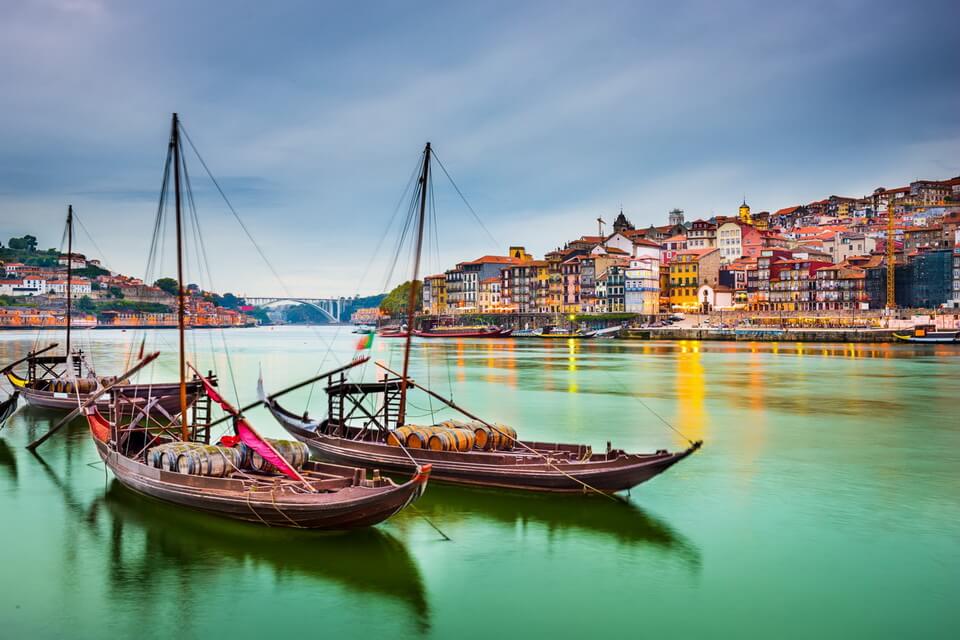
Benefits from investment for overseas settlement
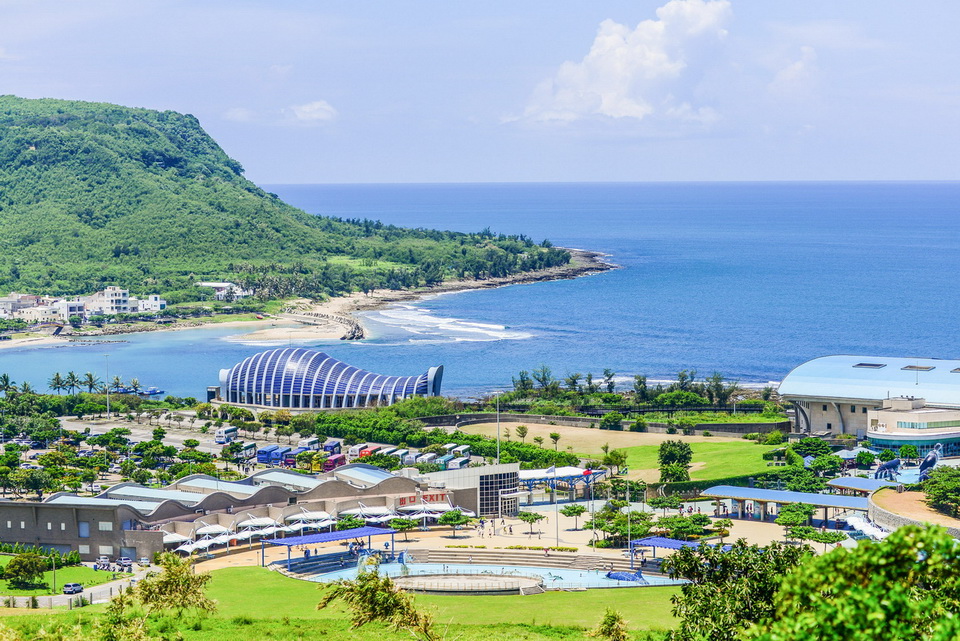
New experiences for travel in Taiwan
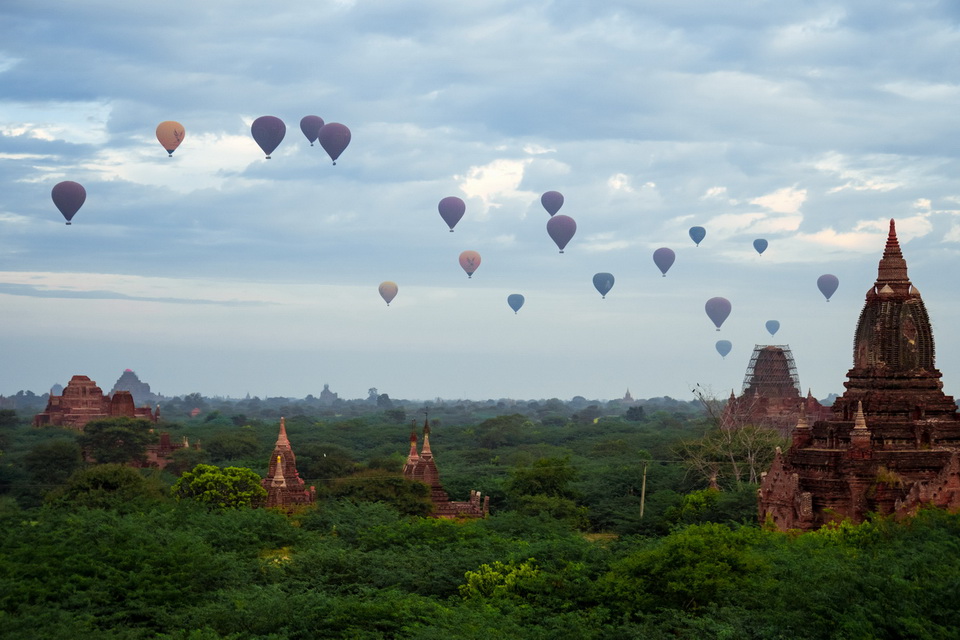
Exploring the ancient city of Bagan
Living a farmer’s life in Ibaraki Prefecture
Let’s live with farmers from the Hiroura Rural Experience Promotion Association in Ibaraki Town!
From cherry blossoms to nemophila, spring in Ibaraki is the season of flowers
Spring is the season of flowers blooming everywhere. This article would like to introduce the places ...
What's so special about experience tours in Ibaraki?
Ibaraki Prefecture is easy to reach from Haneda Airport or Narita Airport. It takes about 90 minutes ...
Where to see the most spectacular Cherry blossoms in this Spring
Spring is here, and so is the countdown to one of the most beautiful blooms of the year: Cherry blos ...
Tet and others spectacular festivals around the world in January 2020
In January 2020, Tet festival in Vietnam and others spectacular festivals around the world are color ...
The best Christmas drinks from around the world
Boozy, warming, and very indulgent – what more do you expect from a Christmas cocktail? Try one of t ...







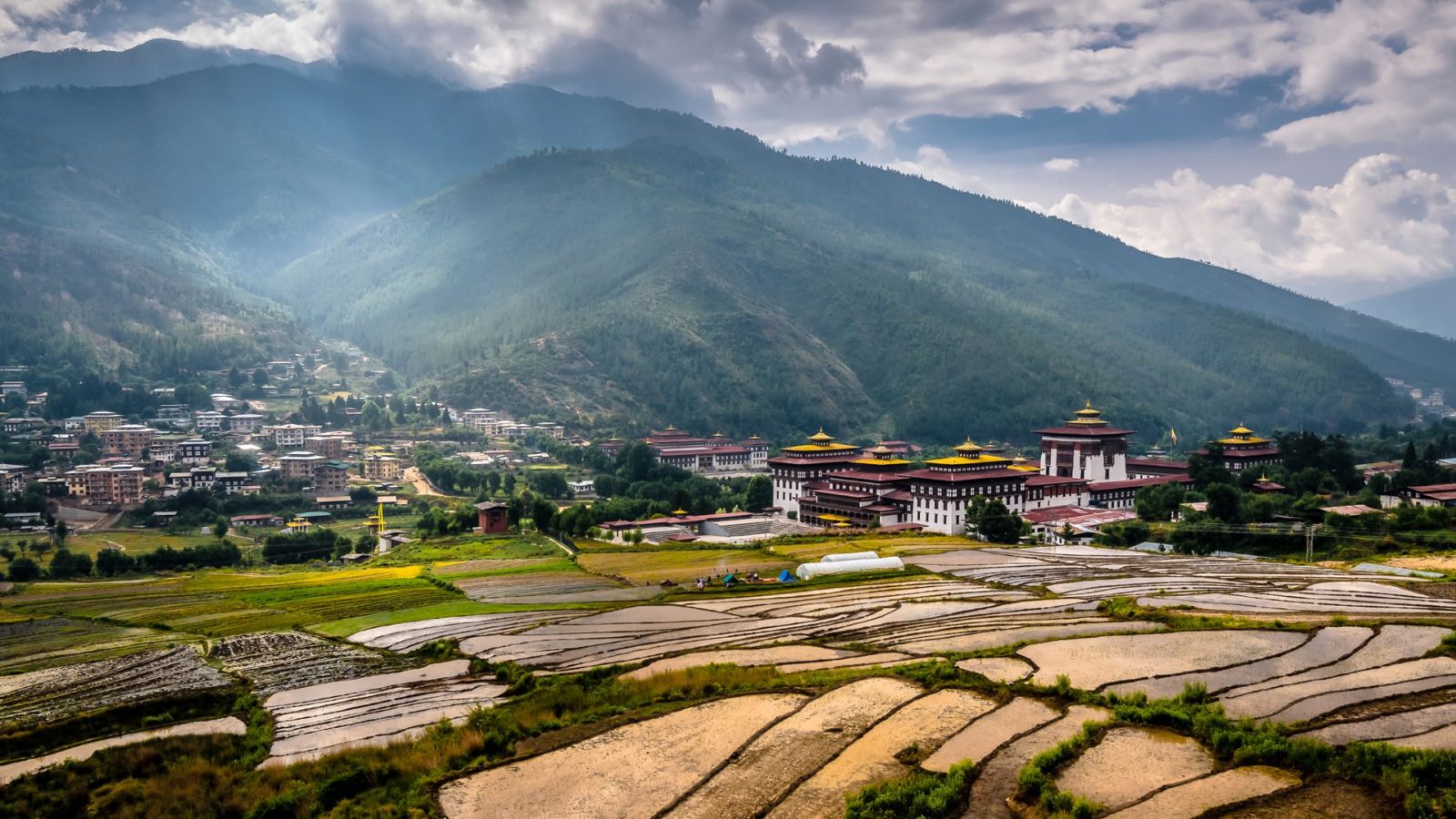

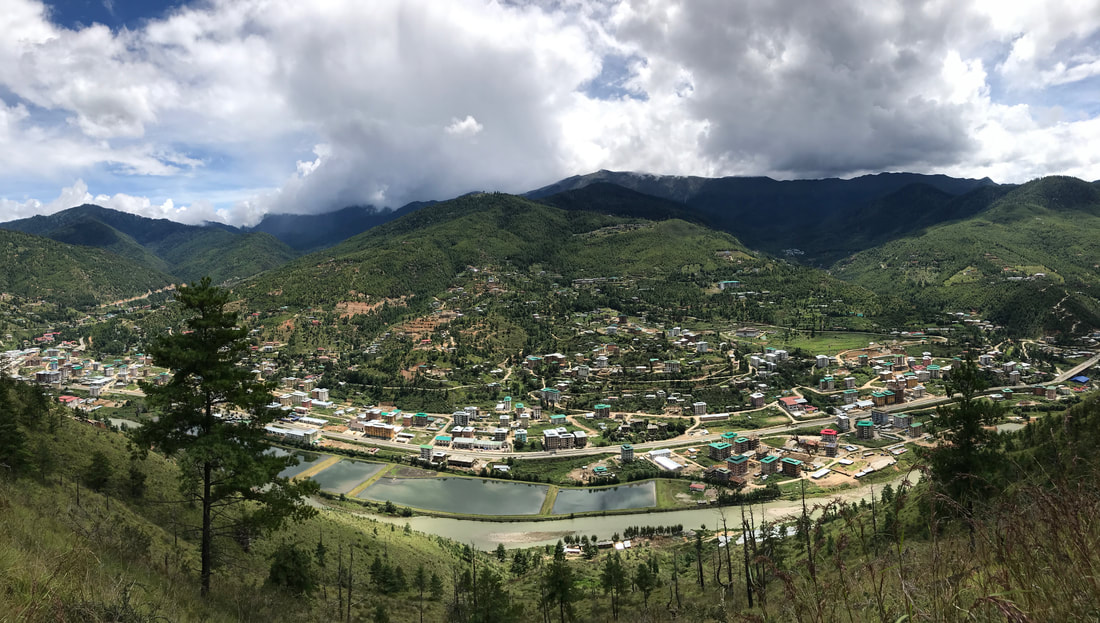
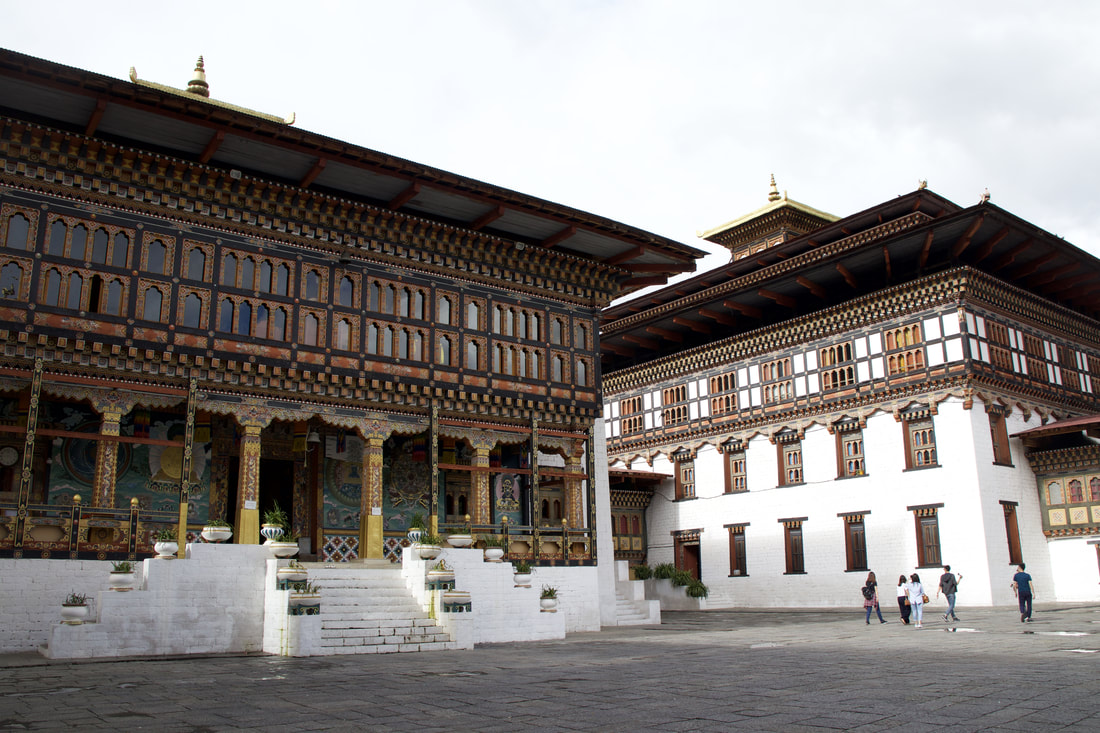
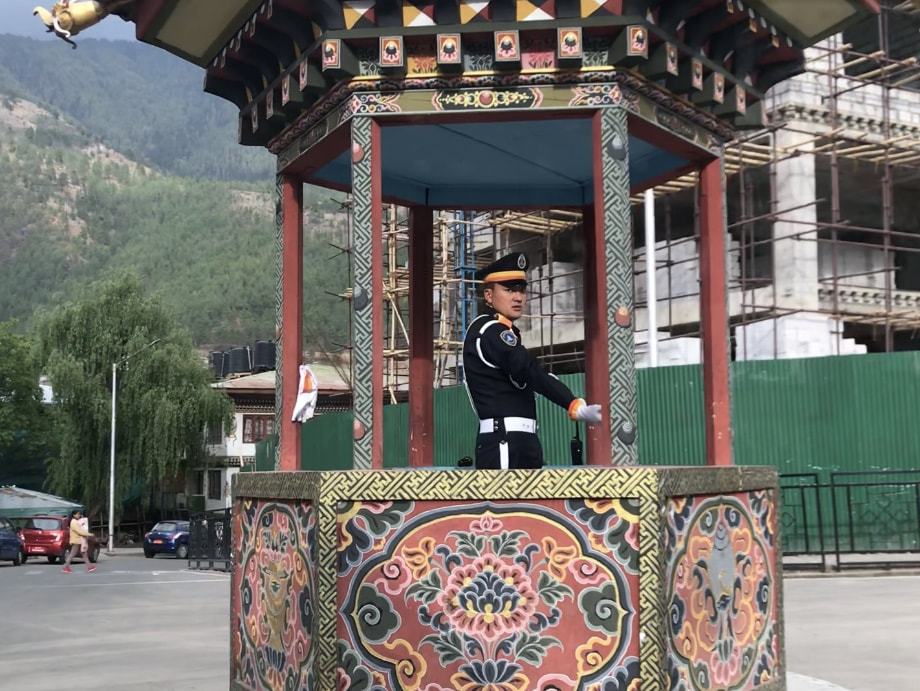
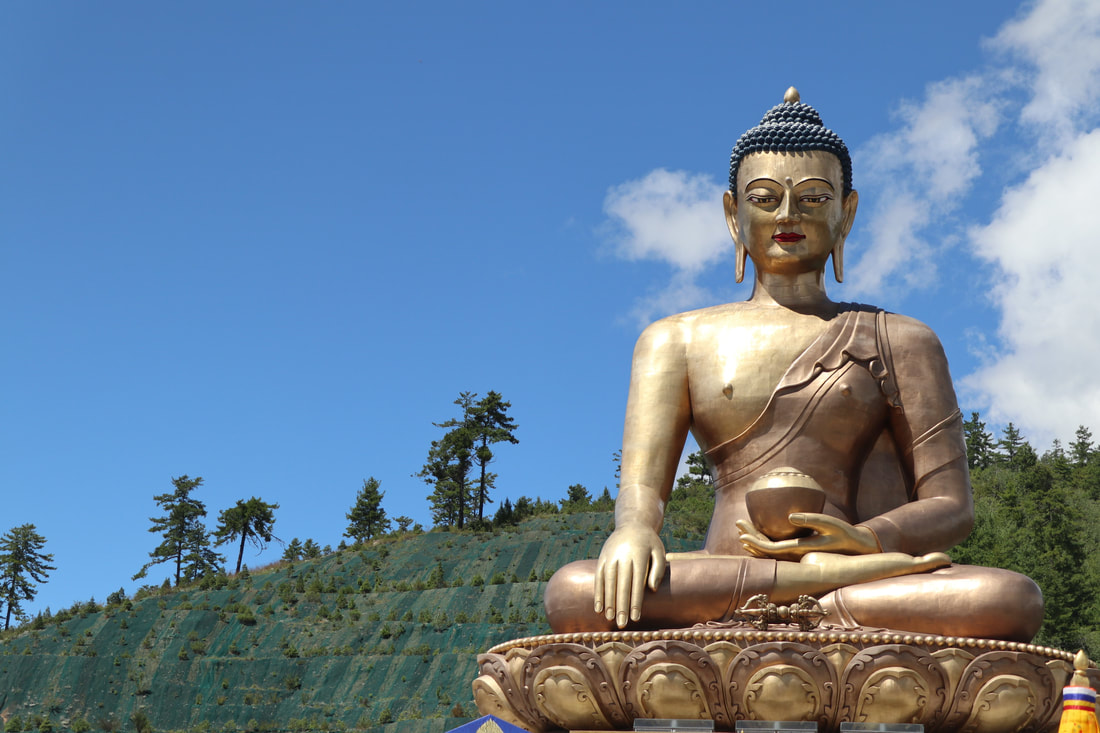
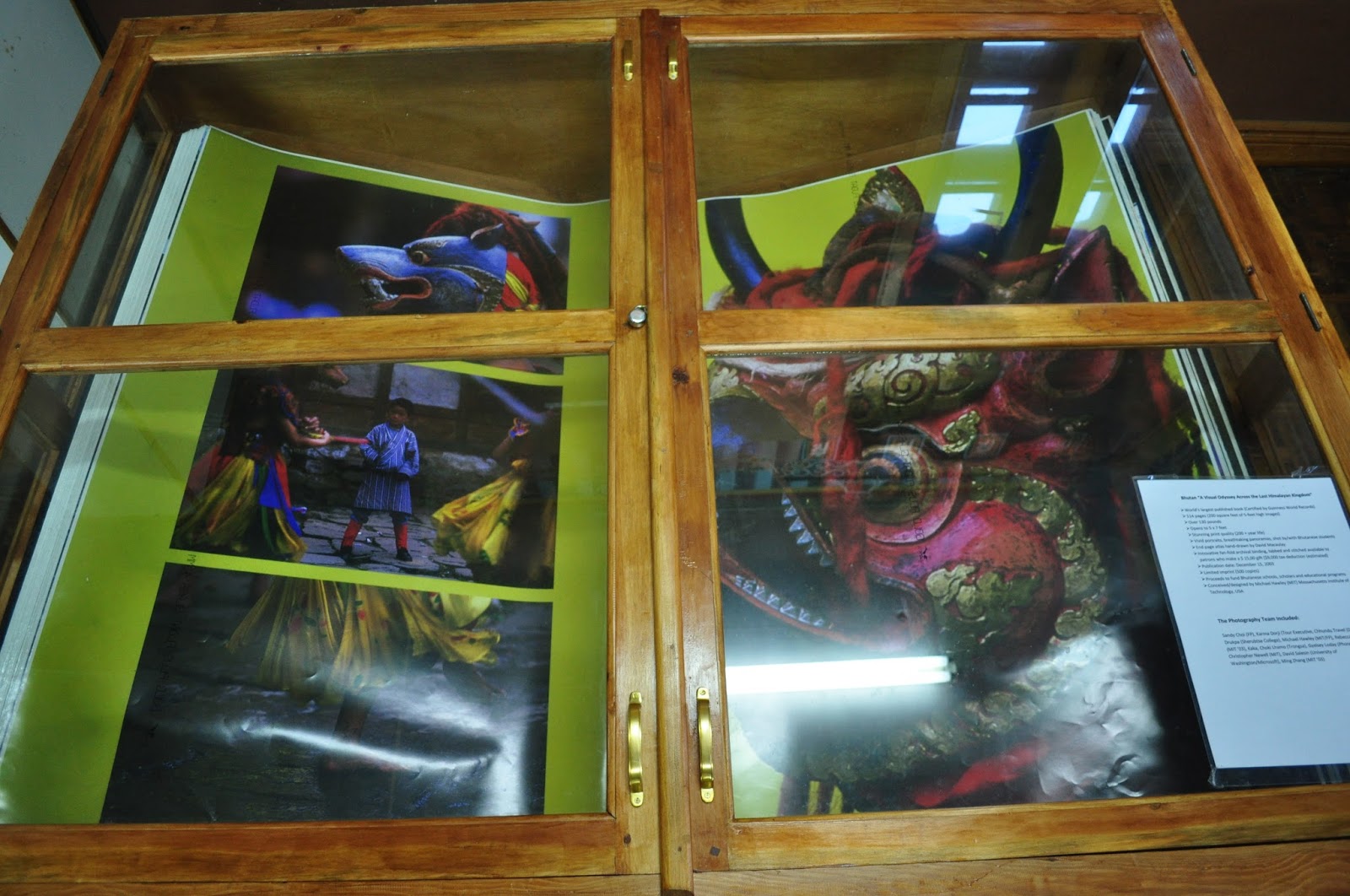

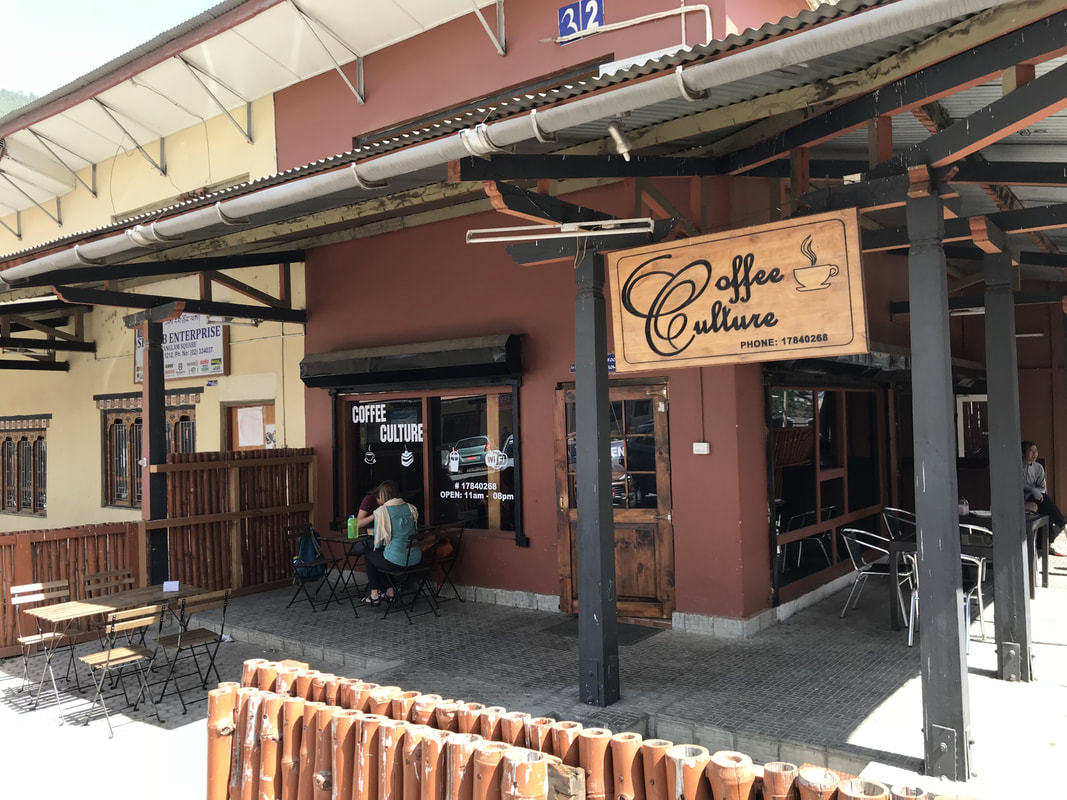
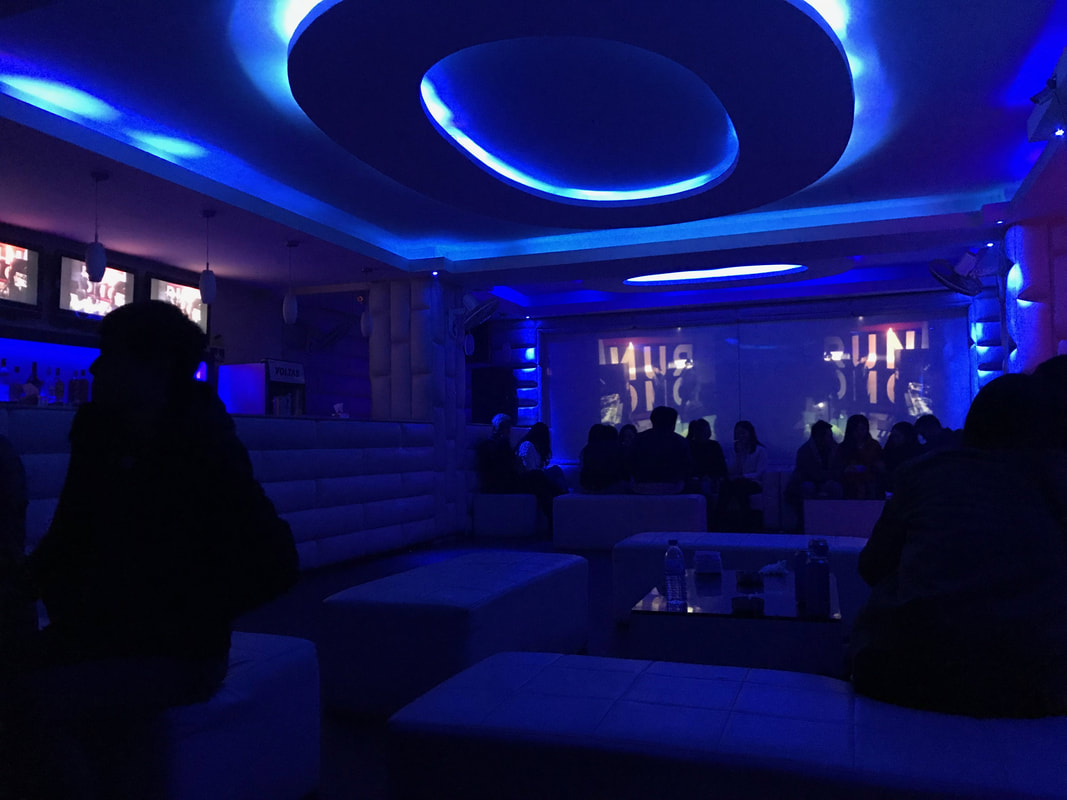
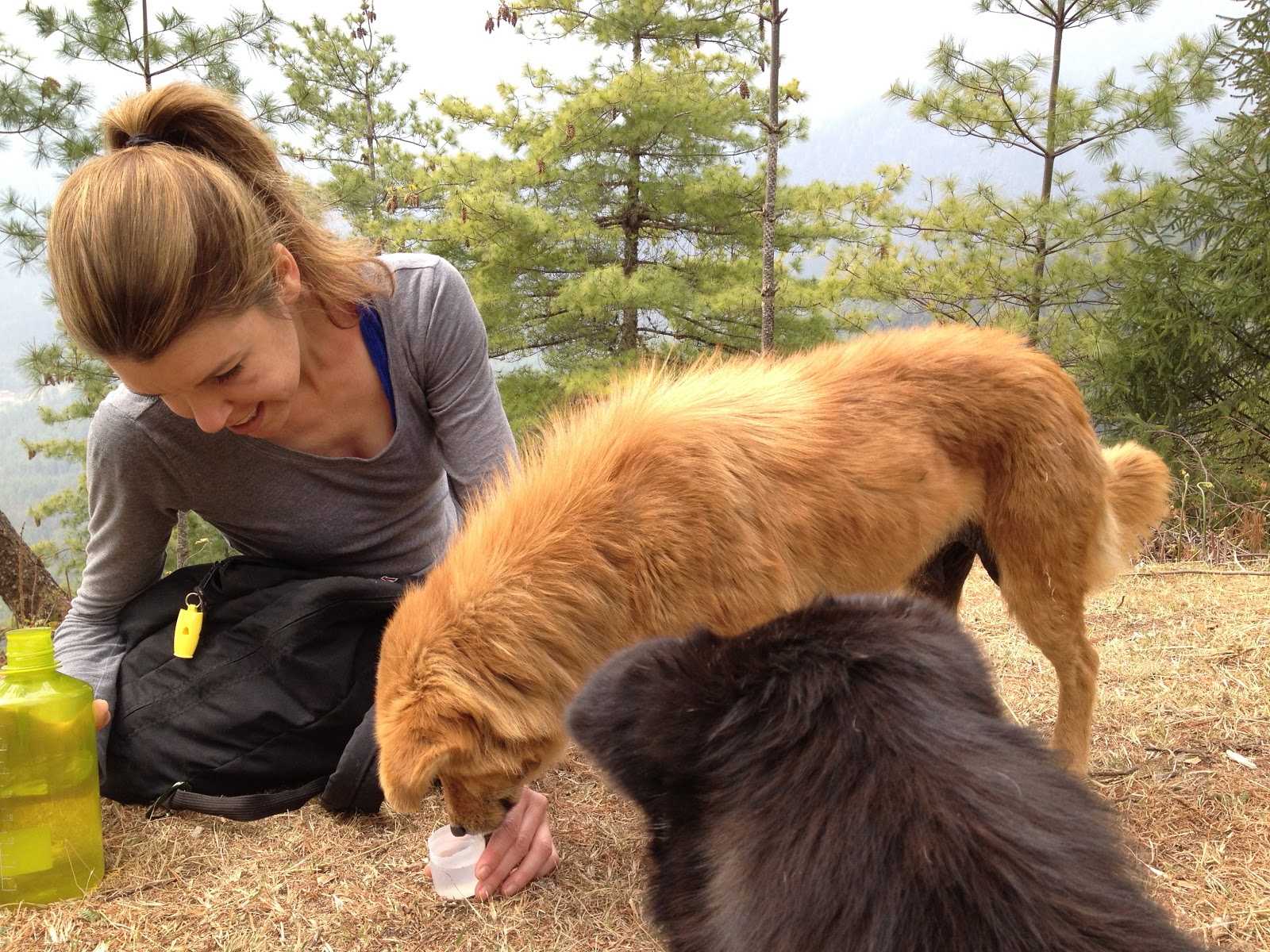
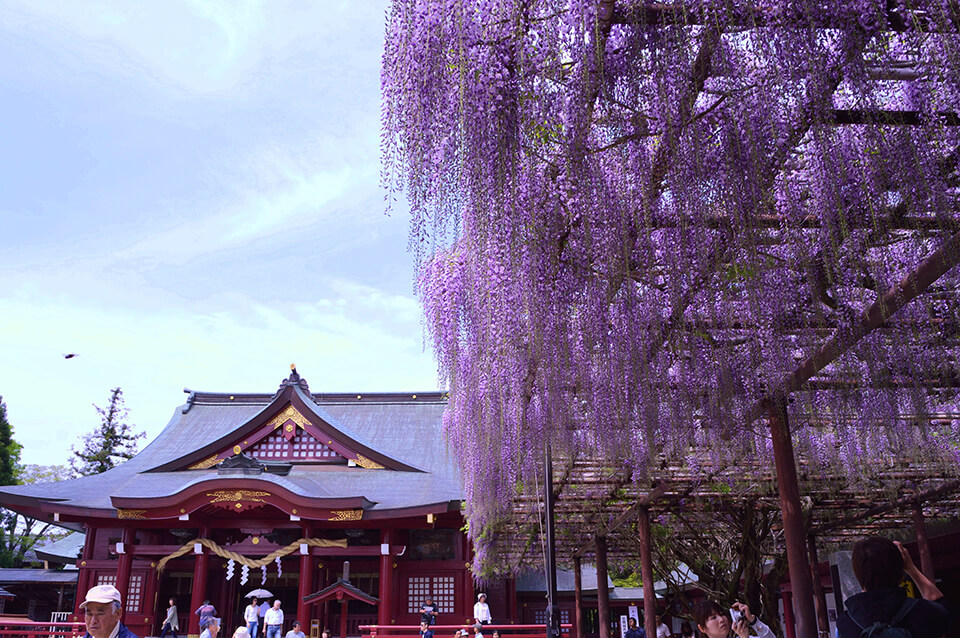
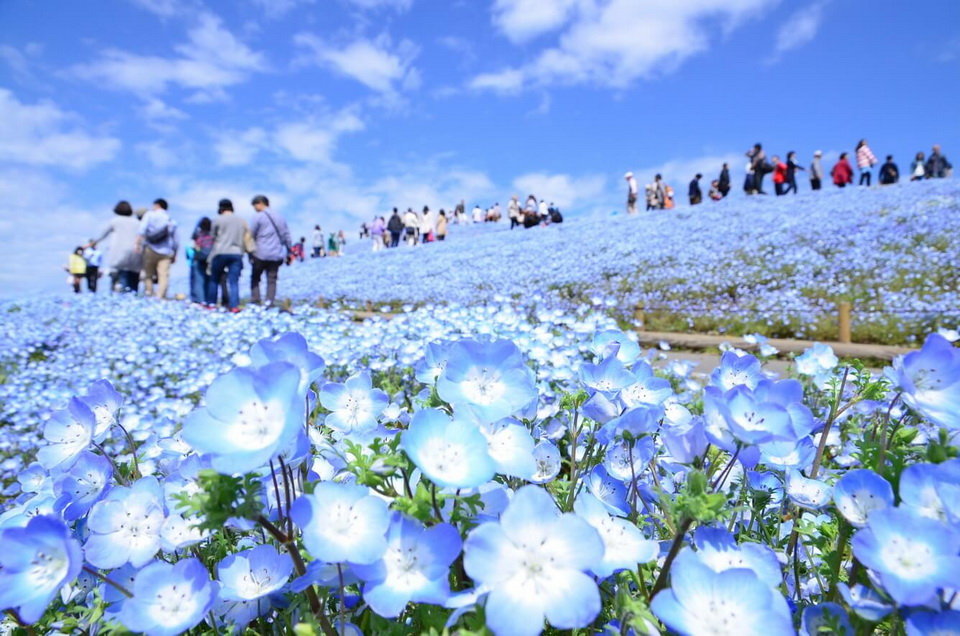
 (1).jpg)
